Apps Zone
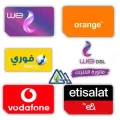
دليل اكواد لجميع شركات الاتصال
Comprehensive Integration of Smart Codes in Facilitating Everyday Living
In today’s rapidly digitizing world, the integration of smart codes—unique identifiers such as QR codes, barcodes, and NFC tags—has revolutionized the way individuals access and interact with services, thus dramatically facilitating daily living. The application of these intelligent codes spans multiple sectors, offering a seamless bridge between physical environments and digital resources. In an urban context like Egypt, where connectivity and speed are essential for coping with city life, smart codes embedded in service guides provide quick access to utilities ranging from government services to private sector offerings. Technically, these codes contain encoded data that smartphones or dedicated scanners interpret instantaneously to direct users toward relevant information, booking systems, customer support, or direct e-commerce portals without requiring manual input. The underlying technology utilizes Optical Character Recognition (OCR) or Near Field Communication (NFC) protocols to transmit data instantly, reducing friction often caused by cumbersome authentication or long API calls. For example, a smart code affixed to a public transportation card could automatically update a commuter’s balance when scanned, linking to backend servers via APIs that monitor real-time usage and billing. This mechanism allows a consumer to effortlessly manage accounts, recharge, or receive transportation alerts, leading to more efficient urban commuting. On a broader scale, smart codes integrated into digital service guides aggregate information about essential service providers such as food vendors, property rentals, electricians, and health clinics, forming an accessible database that the average user can navigate through minimal digital literacy. By categorizing and geo-tagging service providers, these guides use smart codes to facilitate filtering based on proximity, ratings, or specifications, thereby promoting local businesses and empowering consumers with choice and transparency. The interoperability of these codes ensures they function across various hardware platforms, from Android and iOS systems to specialized point-of-sale terminals, thereby eliminating compatibility barriers. Additionally, privacy and data integrity are maintained through encryption techniques embedded within the smart codes, employing cryptographic protocols such as AES or RSA to ensure that sensitive transactional data, like payment information or personal identities, remains secure throughout the interrogation process. This security is vital in gaining user trust, encouraging widespread adoption, and complying with regional data protection regulations. Furthermore, the deployment of smart codes reduces dependency on printed brochures or manual directories, significantly cutting operational costs and environmental impact. In Egypt’s bustling commercial environment, this transition enhances sustainability by reducing paper waste while enhancing user experience by providing real-time updates, dynamic content, and event notifications all within a single scanning action. To illustrate, a food vendor’s smart code might update consumers on daily specials, hygiene rankings, or delivery options, all accessible from their smartphone within seconds. This interactivity supports businesses in adapting offers dynamically based on inventory or consumer preferences, fundamentally changing customer engagement models. Technologically, developing and maintaining such systems require coordination between mobile application development, database management, and cloud computing to ensure scalability and resilience. For users unfamiliar with these technical frameworks, the process remains effortlessly intuitive: simply scan, explore, and decide. This democratization of data access through smart service guides exemplifies how technology—properly applied—can elevate everyday life, turning previously tedious activities like searching for utilities or services into streamlined, pleasant experiences.
Technological Architecture Behind Smart Service Platforms and Their User Interfaces
The backbone of a sophisticated smart service guide for easy daily living lies in its technological architecture, which harmonizes front-end user interfaces with robust back-end systems. Modern applications begin with a meticulously designed user experience (UX) paradigm, emphasizing simplicity and accessibility to accommodate a diverse demographic spanning from tech-savvy youths to older adults with limited digital exposure. The front-end employs cross-platform frameworks allowing developers to deploy interoperable applications across Android and iOS ecosystems, leveraging native functionalities such as camera access for QR code scanning or GPS modules for location-based service suggestions. This ensures that each user interaction—whether tapping, swiping, or scanning—feels natural and responsive, essential for encouraging widespread adoption. The user interface (UI) abstracts complex backend processes into clean, minimalistic visuals, often featuring dashboard-like displays that aggregate essential services such as food vendors, healthcare centers, electricians, and housing rentals with streamlined navigation menus and search filtration systems. Interactive elements are powered by asynchronous JavaScript and API calls, allowing real-time updates without interrupting user flow. On the backend, the architecture typically employs cloud-based microservices designed to handle vast streams of data requests concurrently, facilitating fault-tolerance and scalability. These microservices manage specific domains like authentication, data caching, content management, and geolocation services, interacting via well-defined RESTful APIs. Structured databases, frequently SQL or NoSQL depending on flexibility needs, store comprehensive datasets about service providers, user profiles, transaction logs, and historical analytics. To ensure data freshness, the system integrates real-time synchronization techniques such as WebSockets or push notifications, enabling instantaneous updates when vendors alter service details or availability. Moreover, the system’s modular design allows for integration of external data sources, such as government public service registries or third-party review platforms, enriching the dataset with authoritative information and thereby increasing user trust. Security considerations permeate the platform: authentication protocols—ranging from OAuth 2.0 implementations to biometric authentication—safeguard user accounts, while data transfers between client and server are encrypted via TLS 1.3 to prevent man-in-the-middle attacks. The communication flow when a user scans a smart code exemplifies this efficiency: the encoded data contains minimal information, typically a service ID or URL to the backend resource; on scan, the app makes a secure API call to fetch detailed content, display relevant offers, or trigger actions such as order placement. This approach minimizes data exposure on the client side, mitigating risk in the event of device compromise. From a development perspective, continuous integration and deployment pipelines automate code testing and rolling updates, ensuring that bug fixes and feature enhancements reach end-users swiftly without service interruptions. Additionally, analytics modules collect anonymized user interaction data, enabling developers and businesses to optimize user experiences, tailor promotional campaigns, and detect system bottlenecks before they degrade performance. The amalgamation of these technological layers results in a resilient, user-centric platform that simplifies the complex ecosystem of daily services into a singular, intelligent hub. Through such integration, even traditionally manual service providers—like local electricians or food vendors—gain digital visibility and operational efficiency previously unaffordable or unattainable, illustrating technology’s power to democratize economic opportunities and improve societal welfare.
The Socioeconomic Impact of Digital Service Guides on Urban and Rural Communities
The implementation of smart service guides powered by digital codes profoundly reshapes socioeconomic dynamics both within dense urban centers and peripheral rural communities. By bridging information asymmetry and simplifying access to essential utilities, such platforms empower individuals and enterprises, fostering inclusion and economic diversification. In congested metropolitan areas, digital service guides reduce inefficiencies stemming from fragmented information sectors where consumers traditionally rely on word-of-mouth or outdated directories. The instantaneous retrieval of vetted contact details for contractors, healthcare providers, or food vendors mitigates time waste and enhances decision-making quality. Furthermore, transparency induced by user ratings and real-time feedback mechanisms holds service providers accountable, elevating standards and cultivating consumer confidence. This competitive environment incentivizes businesses to innovate in service delivery, pricing, and quality, contributing to a healthier urban economy. The ripple effect includes reduced dependency on intermediaries who previously monopolized knowledge channels, thereby lowering transaction costs and invigorating small to medium enterprises. In rural settings, the influence is equally transformative though nuanced by infrastructural challenges like inconsistent internet penetration or lower smartphone prevalence. Digital guides serve as vital gateways to national markets, enabling rural producers, artisans, and service providers to showcase their offerings beyond local confines. This connectivity stimulates rural entrepreneurship and introduces alternative income streams, alleviating poverty cycles that persist due to geographic isolation. Governments and NGOs leverage these platforms to disseminate educational content, agricultural advisories, and health alerts effectively, overcoming logistical obstacles in service delivery. The cultural impact is significant as well; by enabling direct communication channels, smart service guides create communities bound not only by geography but by shared digital experiences and collaborative support networks. Social inclusion is amplified when marginalized groups, including women and youth, access resources and learning opportunities through these platforms, enabling empowerment through knowledge and economic participation. Moreover, the amalgamation of data harvested from service usage patterns informs policymakers about local needs and preferences, facilitating evidence-based interventions and resource allocations. This leads to targeted infrastructure development, subsidies, or training programs aligned with demographic realities rather than assumptions. For example, analytics may pinpoint an underserved rural area lacking adequate health clinics or highlight trending demands for renewable energy installers, guiding governmental initiatives accordingly. The environmental aspect of this socioeconomic shift cannot be overlooked: digital guides reduce reliance on print materials and physical visits through virtual service appointments or digital payments, contributing to lower carbon footprints and fostering sustainability. From an employment perspective, the rise of such integrated platforms generates new job categories including digital marketers, app developers, data analysts, and customer service specialists, broadening workforce skill sets. They stimulate digital literacy campaigns essential for sustained adoption, ultimately improving overall technological readiness of populations. However, challenges remain in ensuring equitable access and preventing digital divides from deepening existing inequalities. Therefore, coupling smart service guides with infrastructure investments, affordable device programs, and inclusive education policies is necessary to maximize benefits across socioeconomic strata. The comprehensive impact of these digital innovations confirms their pivotal role in transforming everyday interactions into efficient, equitable, and sustainable practices that enhance quality of life on multiple fronts.
Practical Applications and Case Studies of Smart Service Guides in Daily Transactions
Examining real-world implementations of smart service guides reveals their unparalleled value in simplifying and enriching routine transactions. In marketplaces, vendors employ smart codes embedded on product packaging or stalls, enabling customers to instantly access detailed product information, origin stories, nutritional facts, or warranty data simply by scanning with their smartphone cameras. This transparency fosters informed purchasing decisions and heightens consumer trust. For instance, a food stall may present a QR code linking to certification of hygiene practices, customer reviews, and payment portals, transforming casual buying into an interactive, trusted experience. Similarly, in property rental sectors, prospective tenants benefit from apps that aggregate smart codes associated with various listings, displaying availability, pricing histories, landlord reputations, and virtual tours. Instead of relying on physical visits fraught with uncertainty or deception, users navigate digitally verified options, accelerating rental transactions and reducing fraud risks. A landlord, conversely, gains visibility and can update listings dynamically, optimizing occupancy rates and rental income. The electrical services industry also exemplifies smart guide efficacy: electricians distribute personalized digital contact codes associated with credentials, customer feedback, and service catalogs. Clients can request quotations or schedule appointments directly within the app, reducing telephone delays and miscommunications common in conventional setups. This digital interaction increases operational efficiency, enabling service providers to manage assignments through integrated calendars and invoice generation tools embedded in the platform. Healthcare providers leverage smart codes on appointment cards or prescriptions to streamline patient follow-ups, provide medication instructions, and allow remote consultations. During public health campaigns, these codes disseminate information rapidly, track service uptake, and facilitate appointment bookings for vaccinations or screenings, contributing to community health improvements. The technical underpinning enabling these functionalities rests on secure cloud databases that connect diverse service provider data points with user interfaces mapped to geographic information systems (GIS) for location precision. Payment gateways embedded within the platform support multiple local and international methods, including mobile wallets, credit cards, and direct bank transfers, ensuring convenience and compliance with financial regulations. Innovations such as augmented reality (AR) overlays triggered by scanning smart codes further enhance user experience by visually demonstrating product usage or service outcomes, blending physical and digital realms. Furthermore, artificial intelligence engines analyze accumulated data to personalize user recommendations, suggest frequently used services, and predict demand surges, optimizing platform responsiveness. The success of such applications hinges on user education campaigns emphasizing scanning safety practices and data privacy awareness, ensuring that technology adoption proceeds without compromising security or personal data integrity. Collectively, these practical examples illustrate how smart service guides transform mundane tasks into interconnected digital workflows that save time, reduce errors, and foster trust, setting new standards for convenience and transparency in everyday living.
Future Trends and Expansion Strategies for Smart Service Ecosystems
Looking forward, the evolution of smart service guides embodies an exciting trajectory marked by increasing sophistication and integration. Emerging technologies such as 5G connectivity promise to supercharge data transmission speeds and reduce latency, enabling richer multimedia content—including high-definition video assistance, live chat support, and instantaneous virtual reality showrooms—within smart code interactions. The expansion into Internet of Things (IoT) ecosystems will see smart codes interconnected with sensor networks and smart appliances, allowing real-time monitoring and control. For instance, smart home devices could autonomously update service needs based on sensor feedback while generating diagnostic codes users scan to schedule maintenance with certified technicians instantly. Blockchain technology offers promising pathways to enhance data authenticity and transactional transparency within smart service platforms, embedding immutable ledgers to track service histories, payments, and contractual agreements securely. This advancement mitigates fraud risk and incentivizes stakeholders to engage with increased trust and accountability. Furthermore, artificial intelligence and machine learning algorithms will deepen customization, predicting user needs based on behavior patterns, location, and contextual data to suggest optimal services before explicit requests are made. This proactive model elevates user engagement by minimizing effort and maximizing relevance. Expansion strategies will also increasingly focus on cross-sector collaborations, breaking down silos between public utilities, private enterprises, and civil society organizations to offer holistic service bundles. Through unified platforms, a single smart code scan might grant access to municipal services, emergency support, commercial discounts, and educational resources simultaneously, crafting a seamless ecosystem. Inclusion and accessibility trends emphasize multilingual interfaces, voice command integrations, and offline functionalities to broaden reach to users with disabilities or limited network coverage. Partnership with telecom providers and government agencies will facilitate subsidized device distribution and connectivity initiatives, essential to overcoming digital divide barriers. Additionally, regulatory frameworks will evolve to balance innovation with ethical considerations, such as data sovereignty, consent management, and environmental impacts of digital infrastructures. Adopting green IT practices in hosting services and optimizing code efficiency aligns future developments with sustainability goals. Pilot projects incorporating unconventional smart codes, like ultrasonic or visual light communication tags, are under research, potentially expanding scanning capabilities beyond line-of-sight or visual constraints, further enhancing accessibility. Commercial models will diversify, incorporating subscription tiers, freemium access, and microtransactions to sustain platform viability while catering to varied user preferences. Integration with widely adopted digital ecosystems such as social media and payment platforms will facilitate frictionless onboarding and sharing of service experiences, amplifying network effects. In essence, the future of smart service guides is not merely about technological accumulation but intelligent system design that prioritizes user empowerment, equitable access, and adaptive scalability. By continuously marrying cutting-edge innovations with sociocultural understanding, these ecosystems will profoundly shape how civilizations navigate their daily routines, redefining convenience, connectivity, and community in the 21st century and beyond. To experience the convenience firsthand, users can access Download for Android options directly, enabling them to unlock a world of smart services at their fingertips instantly.
Share Your Opinion
Your Email Will Not Be Published.
All Rights Reserved © Apps Zone 2025
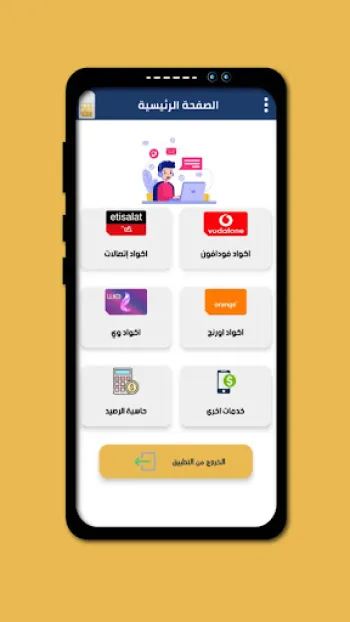
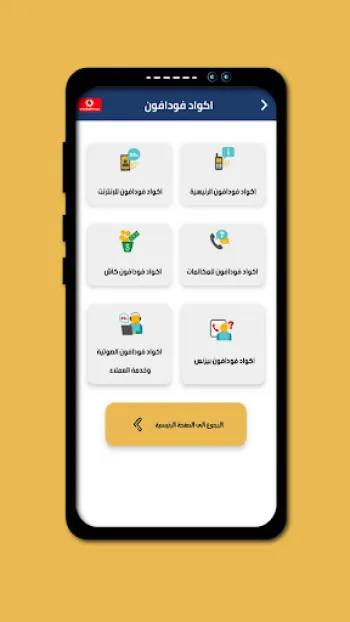
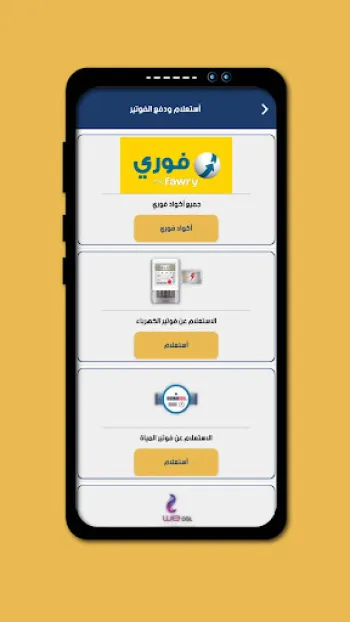
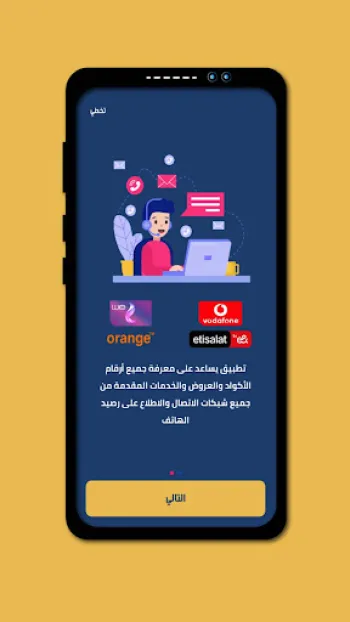
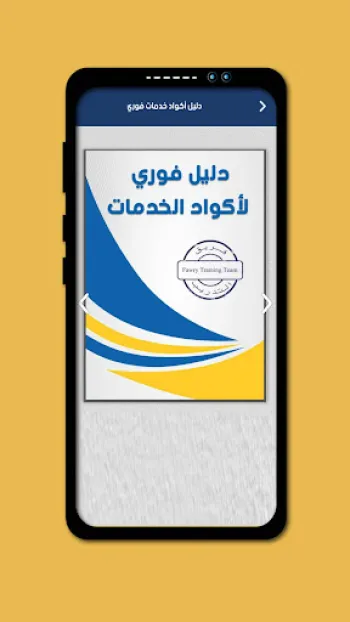
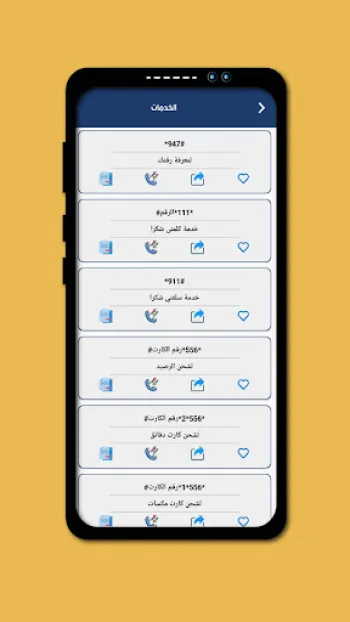
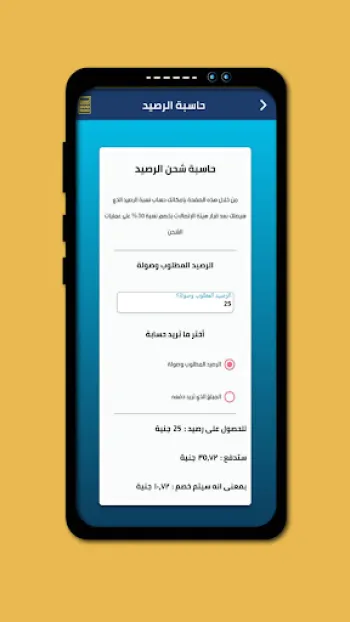
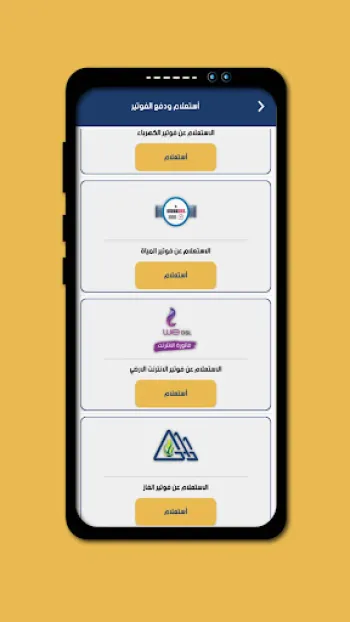
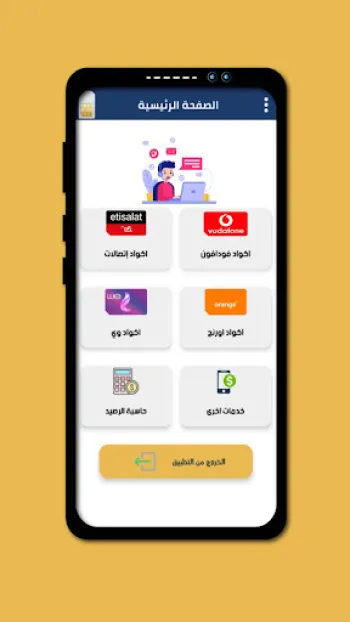
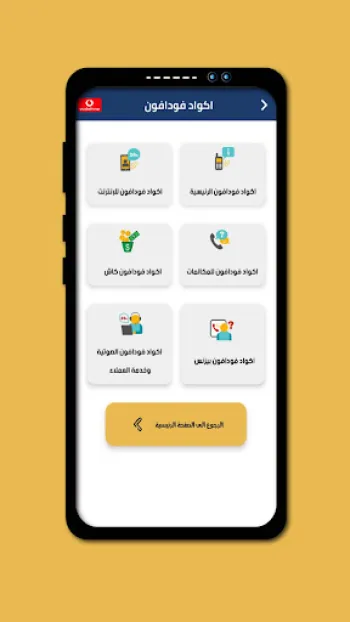
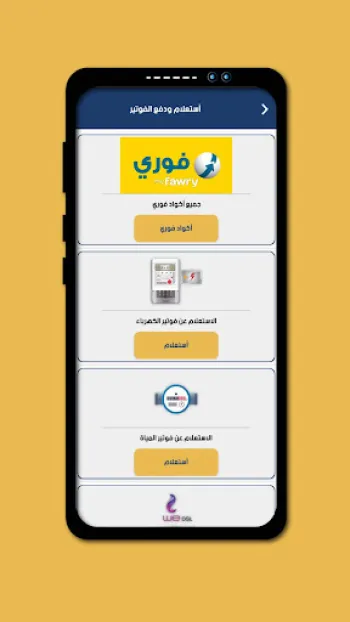
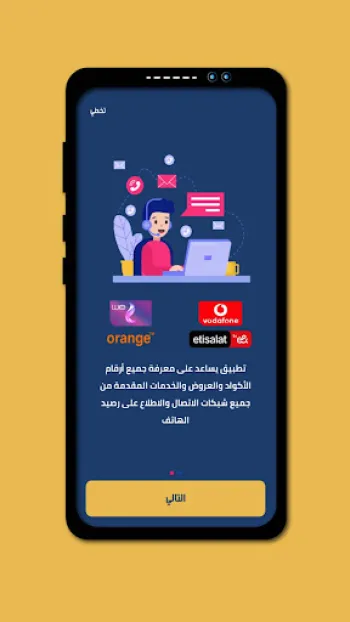
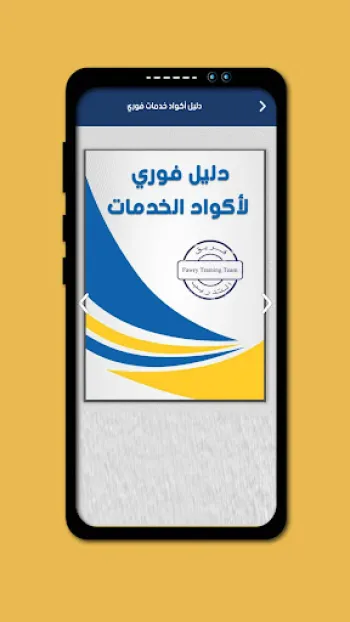
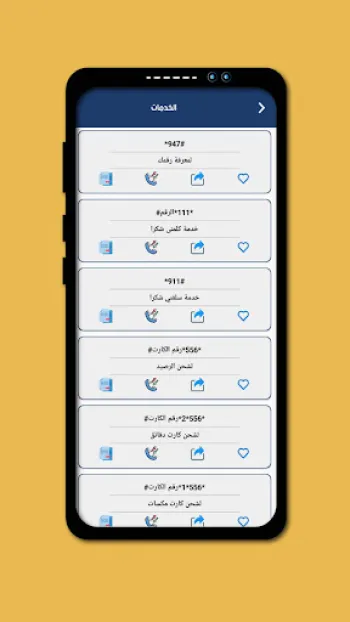
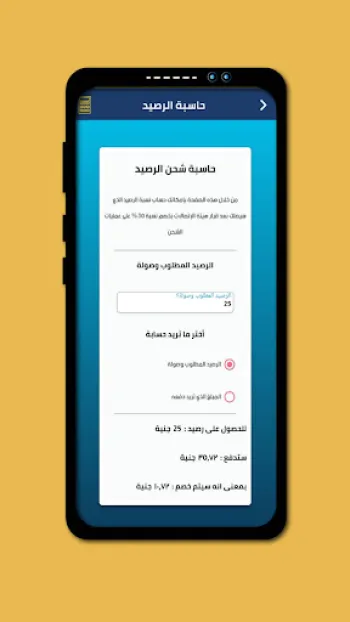
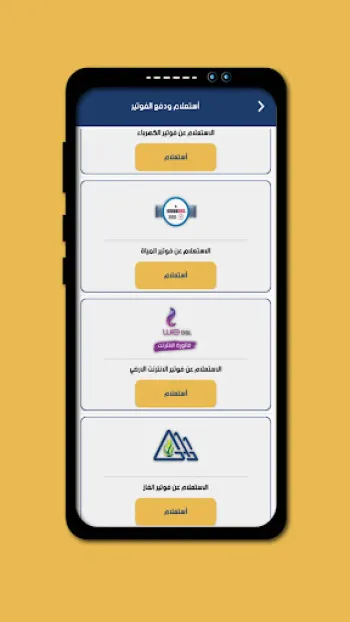
























غريب معلش
حلو
mohammed nmr
تطبيق ممتاز
Yousef Ashour
ممتاز
malak Mohammed
هوا بيجيب دقايق هديه اتصالات